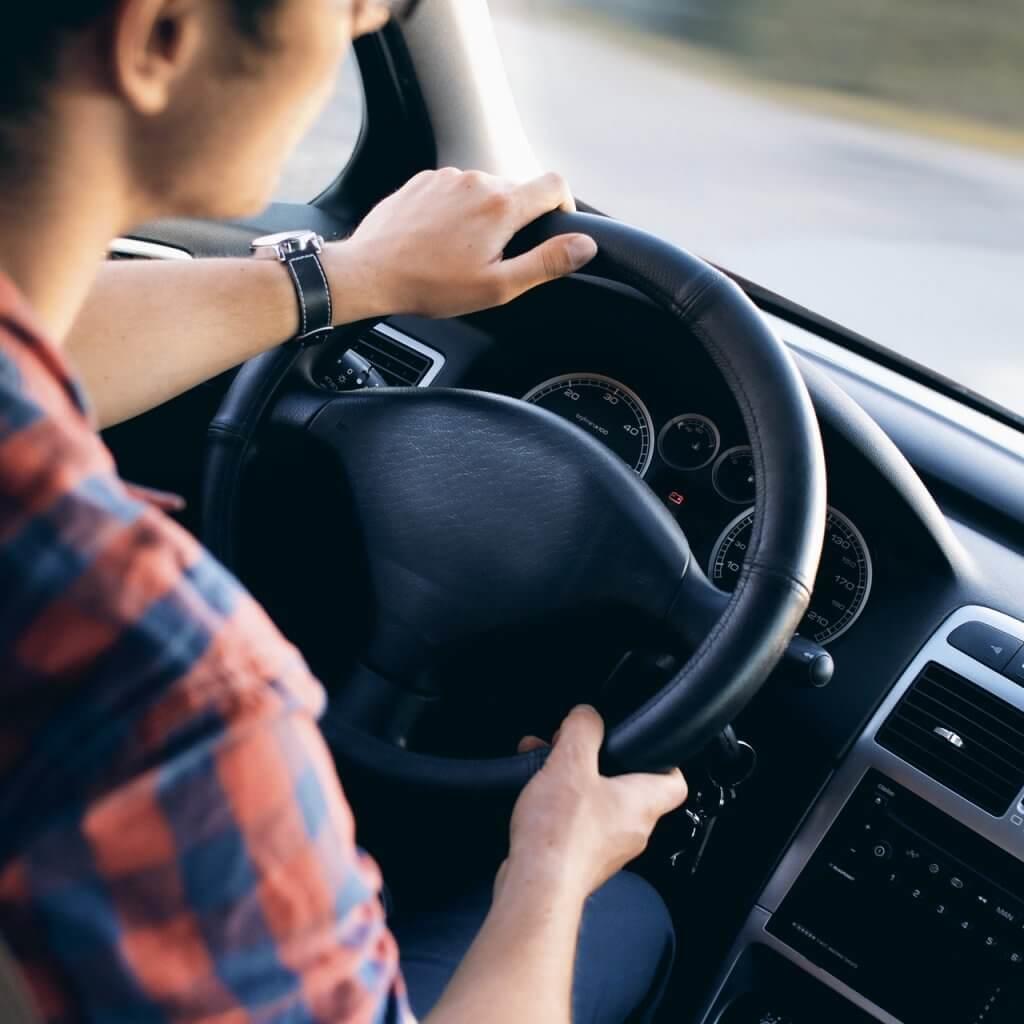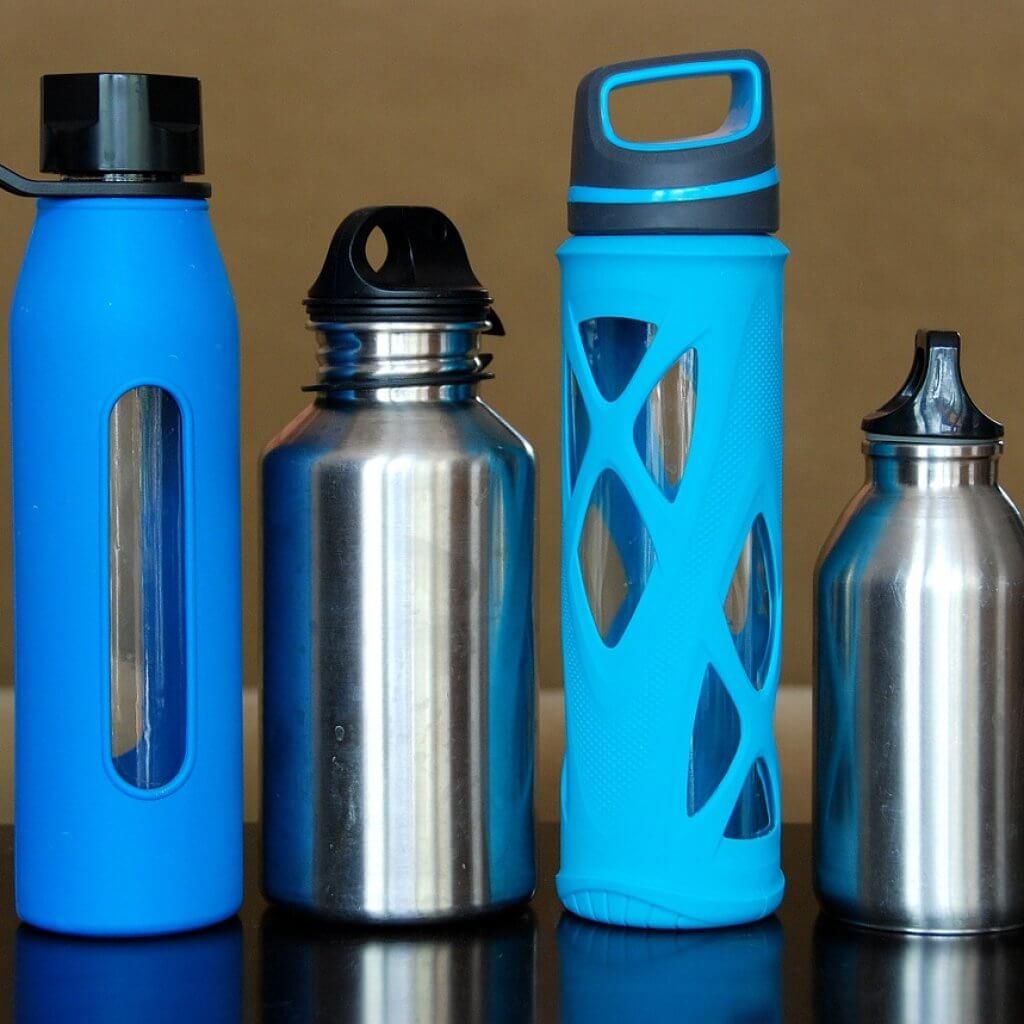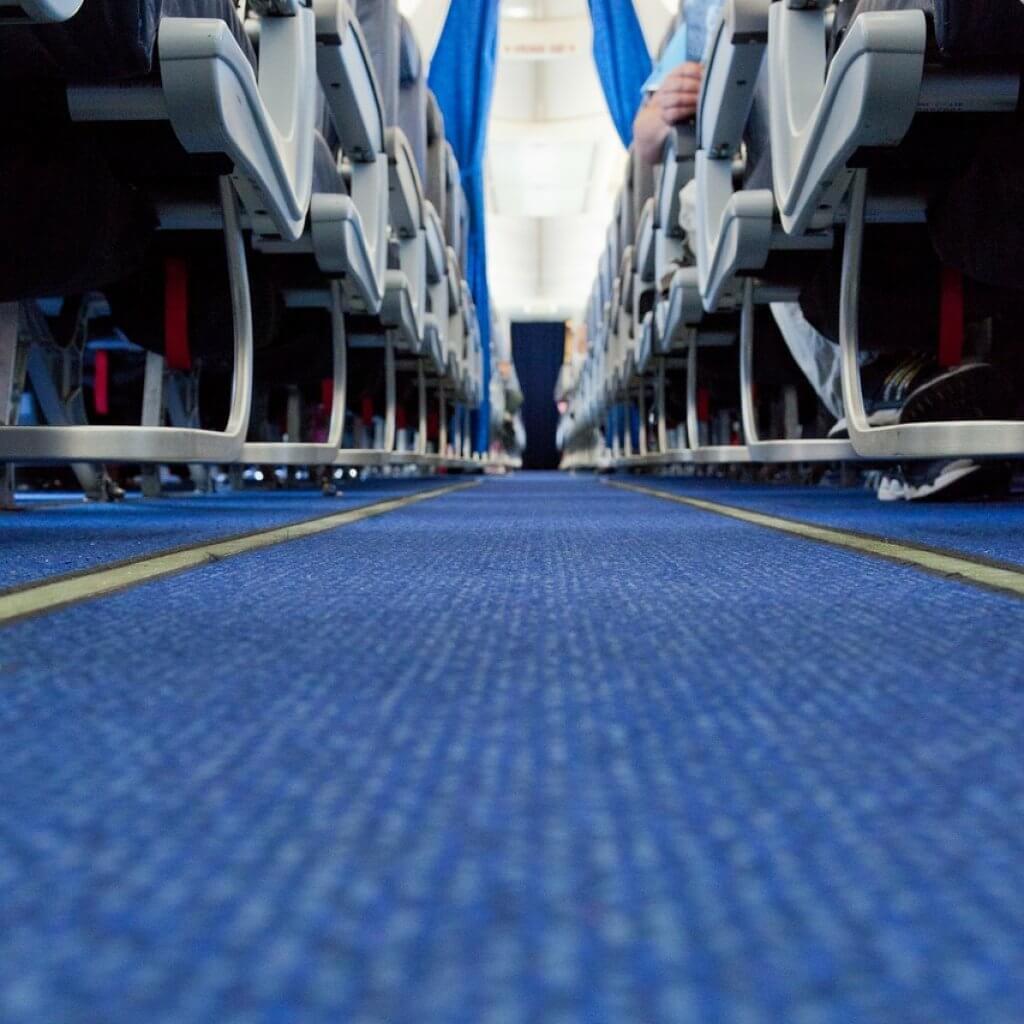Traveling After a Long Run

Most of us feel like our long run is the most important run of the week and, often, it seems to be the monument which all our weekly runs revolve around. It is true what they say about runners – you might be a runner if your first thought related to weekend plans (or any plans for that matter) is when can I get my run in. Many of us travel for work and the lucky also travel for fun. A huge part of traveling is layering in our training, not only with life but with trips, vacation, travel or whatever you want to call your wandering from the comforts of home. We all figure it out and often by any means necessary. We rearrange an entire week, get up even earlier or miss a normally attended happy hour.
But if you are planning on hopping in a car or on an airplane almost immediately after a long run or race, and will be traveling for a pretty decent duration of time, how do you take care of yourself for the next 24 hours? The truth is that most of us do not care for ourselves like we should. Even if there is some kind of a recovery strategy going on, it is more than likely an abbreviated version of the norm. This could lead to some issues. However, traveling after a long run doesn’t need to be a pain, literally. Keep reading to find out how you can recover while you travel.

The Car
Good news if you are traveling in a car – it stops whenever you want. No one telling you to keep your seat-belt on. Unless you are whole-heartedly against it, I suggest beginning with your pain reliever of choices, Ibuprofen or Alieve. Then pack a cooler, strap on compression socks and get out on the open road. The cooler should contain more hydration than you need as well as food and an ice pack(s) that can be applied to a body part if need be. If you are traveling alone, the schedule is yours. Ideally, that means stopping every 45 minutes to an hour to walk around and stretch. Since you are alone and will be confined to the driving position, ensuring you are getting out frequently is really important. Hopefully you are drinking enough fluids to warrant these stretch stops being combined with a potty break.

If you have company with you in the car, the plus is that driving is not the only option. Sitting in the passenger seat can allow for stretching and shifting of positions quite often. Granted, the limitation falls to the size of the space, but there is no need to keep your hand on 10 and 2 and a foot on the gas. The only downfall here is that when you ask to stop every hour or so, you might get a little lip from the rest of the passengers in the car.
A Plane
Good news if you are traveling in a plane – you can get up and walk around and you’re still making active progress towards your destination. The bad news: those seats are tiny and the leg room (even for this 5’6″ runner) isn’t much. On a plane it doesn’t matter if you are traveling alone or with a gaggle of people, but seat position matters. Based on the airline you are flying, try to book yourself a seat on the aisle or ask the gate agent when you get there if you can get an aisle seat seeing as you’ve had some leg issues come up since you booked your ticket (wink, wink). Or if you are flying my hometown favorite check in ASAP- maybe even buy the early bird check in or, in dire circumstances, you can beg a fellow passenger to give you the aisle seat. I have had good luck with drink coupons as a bribe.

Obviously no one is bringing hydration through TSA so you’ll need to stock up on water and/or sports drink at Hudson News or Starbucks. Your carry-on should already include snacks, your compression socks (if you aren’t already sporting them) and your tablet to catch up on RunnerClick reviews and the blog. Be sure to stretch before you board, and if possible, before you ascend.
If the Captain does turn off the “Fasten Seatbelt” sign, this is where the aisle seat comes in handy – stand up every 15 minutes or so. Just up for about 20-30 seconds, then the next time, walk to bathroom. I’d actually go in so the cabin crew doesn’t get grumpy, but like the car scenario maybe you can sync up potty breaks with stretch breaks. Since the air on the plane is recirculating and dry, keep in mind more fluids are needed than normal. During the time you are not up and moving about the cabin, try flexing and pointing your toes, doing ankle rolls, etc.
Bottom Line
Take what you can for your recovery on the road. Be mindful that the amount of movement will be limited more than usual and prevent any ramifications by taking pain reliever. Fluid intake should not be ignored because of other distractions. Often hunger hits randomly after a long run, so be prepared. No one is taking ice baths in the lavatory or doing leg “drains” in the back seat of their car but awareness and effort go a long way in overcoming any wanderlust recovery woes.
Latest Articles
 Is Running on a Treadmill Easier Than Running Outside?Runners have their own preferences, whether it is treadmill running, running outside on the road, or exploring trails. So...
Is Running on a Treadmill Easier Than Running Outside?Runners have their own preferences, whether it is treadmill running, running outside on the road, or exploring trails. So... Is It OK to Use Trail Running Shoes on the Road?While trail running shoes can be used on roads, especially in situations where a runner encounters mixed terrains or pref...
Is It OK to Use Trail Running Shoes on the Road?While trail running shoes can be used on roads, especially in situations where a runner encounters mixed terrains or pref... How to Fix Sore Quads After Running?Rest, ice, gentle stretching, and over-the-counter pain relievers can help soothe sore quads after running. Also, ensure ...
How to Fix Sore Quads After Running?Rest, ice, gentle stretching, and over-the-counter pain relievers can help soothe sore quads after running. Also, ensure ... 10 Fruits With The Most Electrolytes to Replace Sports DrinksThese fruits are high in electrolytes such as potassium, magnesium, and calcium, essential for hydration, muscle function...
10 Fruits With The Most Electrolytes to Replace Sports DrinksThese fruits are high in electrolytes such as potassium, magnesium, and calcium, essential for hydration, muscle function...

